We already recommended the new study on The Future of Jewish Giving in one of our Headlines & Reads last week, but this one merits another look. Jewish giving is essential to Jewish practice, and Jewish practice is essential to Jewish continuity (remember the days when “Jewish continuity” was the buzz phrase of the Jewish professional world?).
A couple of things are interesting about this report. The most significant: Most next gen Jewish givers get their money from the previous generation. Less than 7% of them “are the primary creators of the wealth they use for philanthropy”. Thus, I’m not sure if the fact that these people plan to continue a path not very different from that of their parents is as surprising as the study says it is.
“While Jewish next gen donors do give less to Jewish causes than they perceive that their parents or grandparents do, our findings suggest that the community’s concern is overblown”, the study says. In other words: if you worry – don’t. Surprisingly, the young will keep giving to Jewish institutions. Towards the end of the study, the authors – from the Johnson Center for Philanthropy – plainly state their astonishment at this revelation:
What is so surprising? First, Jewish next gen donors prioritize giving to “Religious and Faith-based” causes far more than their non-Jewish peers. If Jewish next gen major donors give to Jewish organizations because of their Jewish identities – potentially including family history, values, traditions, culture, and so on – then this suggests Jewish philanthropic values have successfully been transmitted in these high-capacity families as well. This has yielded next gen family members who give Jewishly of their own volition.
And all this, of course, is supposed to be good news. But let me raise the following two questions:
First question: Is the gap between Jewish and non-Jewish donors wide or narrow? The numbers are all in the study: “Nearly two out of three (64.9%) Jewish survey respondents say they give to religious and faith-based organizations, and over half (50.6%) give to combination organizations. Among non-Jews, the numbers were 31.6% and 18.6%, respectively”. So we know that there’s a gap – a 30% or so difference in giving to religious and faith based institutions.
However, this doesn’t answer my question – is the gap wide or narrow?– since this question depends not on numbers but rather on expectations. If one assumes that Jewish and non-Jewish donors should be expected to give to such causes in similar percentages, than a 30% gap is pretty impressive. On the other hand, if one expects Jewish donors to give to religious institutions much more than non-Jewish donors – maybe because by doing so they support a minority religion that needs much more support than the majority religion– then a 30% margin might not seem as impressive or sufficient.
Second question: Is the gap growing or shrinking? That’s the crucial question since what we have here is a snapshot of one survey taken at one point in time. We know that Jewish Americans are, well, Americans – and are influenced by the same trends that impact most other Americans. For one such example, go read my exchange with Naomi Riley on intermarriage where the author of 'Til Faith Do us Part: How Interfaith Marriage is Transforming America' says: “I don't think Jews are as different from other religious groups in America as they often like to think. Assimilation is a trend that affects every group in this country. And I don't know that there's any strategy for ending that process”. If they – we – aren’t different, our donors might also not be different. They might still be giving more to religious institutions today but they might not do so tomorrow.
Michael Moody from the Dorothy A. Johnson Center for Philanthropy generously agreed to bother himself with my questions, and sent his response: “We can say that over time the amount that all next gen donors are giving to religious causes is going down, so we might expect that to affect both Jews and non-Jews in the same way/direction (we see this in the lesser amount of giving by the next gen to religion than their peers). But we have no way to know if the overall decline is going slower for Jewish next gen vs. non-Jewish, which would widen the gap over time. The fact that Jews in our sample DO give so much more to religion is a suggestion that this overall decline might not be affecting Jews in the same way – and this level of giving is somewhat surprising given that next gen Jews are not any more religiously active than non-Jews, and given we know younger Jews are disengaging from religion. But we can't say for sure that the gap in giving to religion will increase over time.”
So, you see, Moody is smarter: instead of envisioning a future with a narrowing gap, he envisions one with a widening gap- an optimistic outlook. Or maybe this is simply an outlook that puts emphasis on the wrong number (my fault, not his, since he was answering my questions): perhaps we shouldn’t even care about the “gap” with non-Jews, perhaps we should only care about having enough funds with which to support the Jewish future.

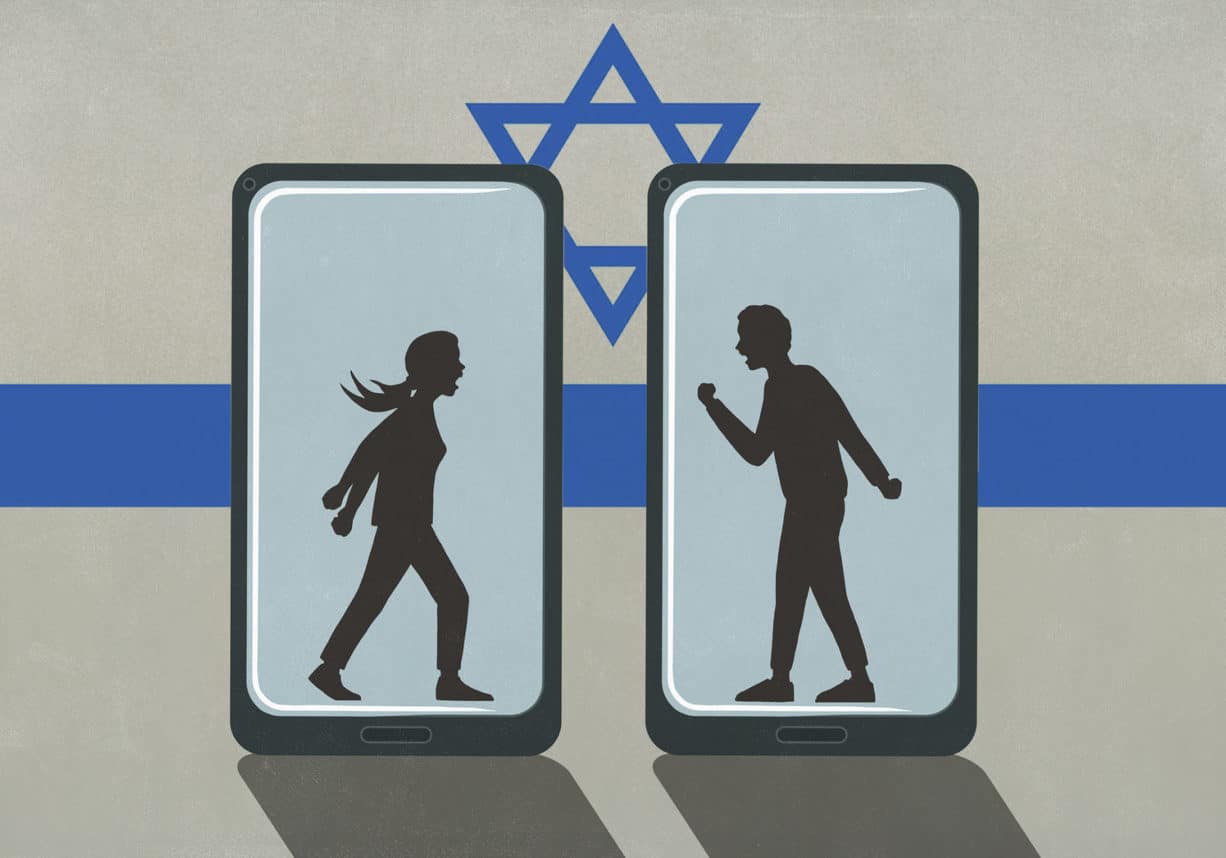


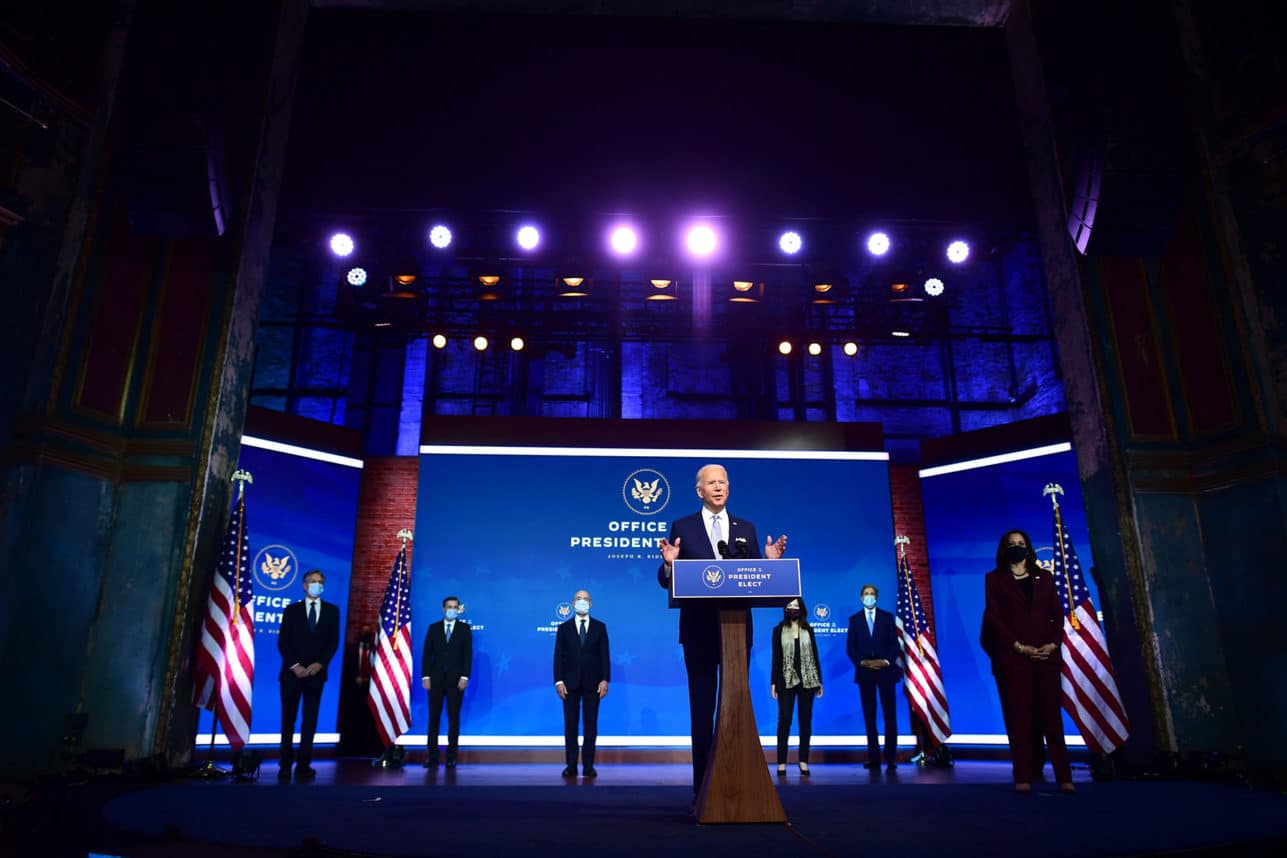


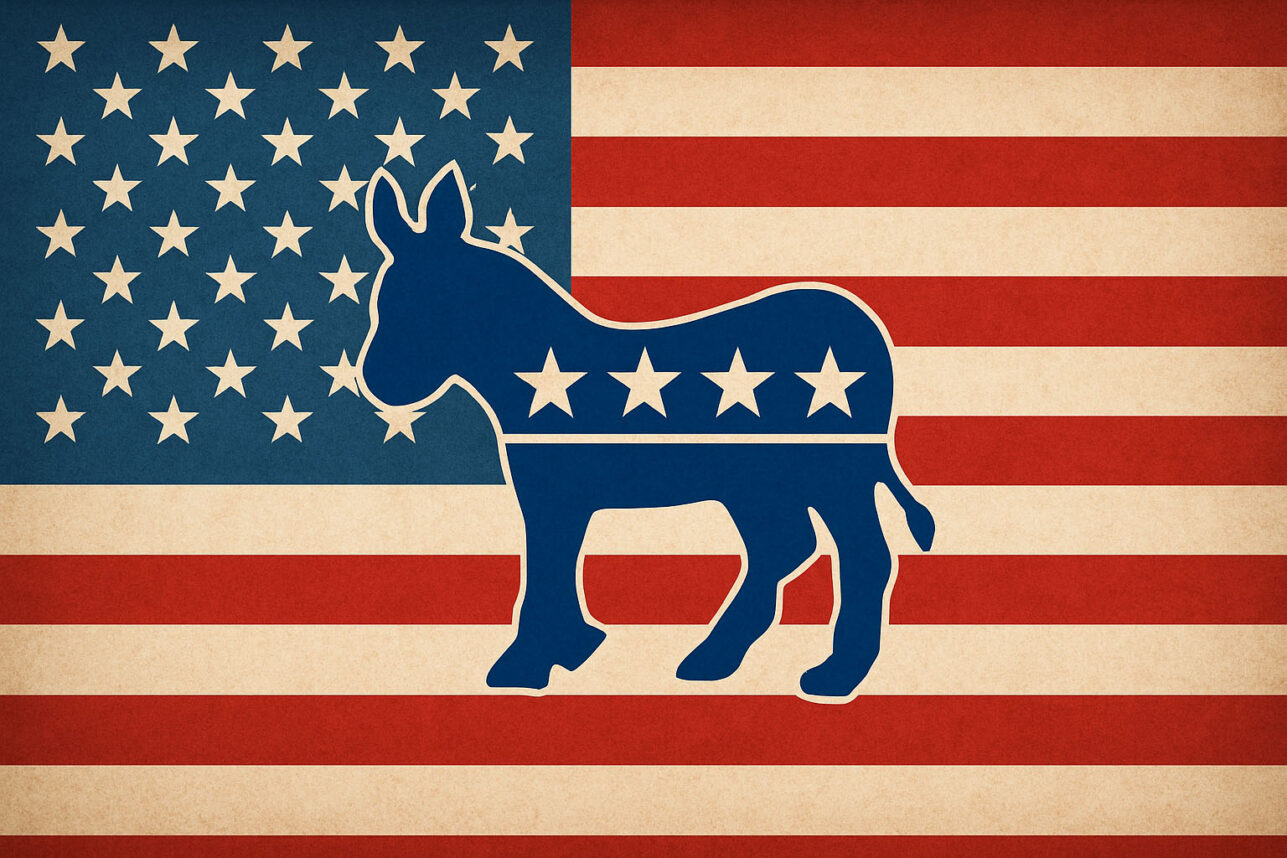

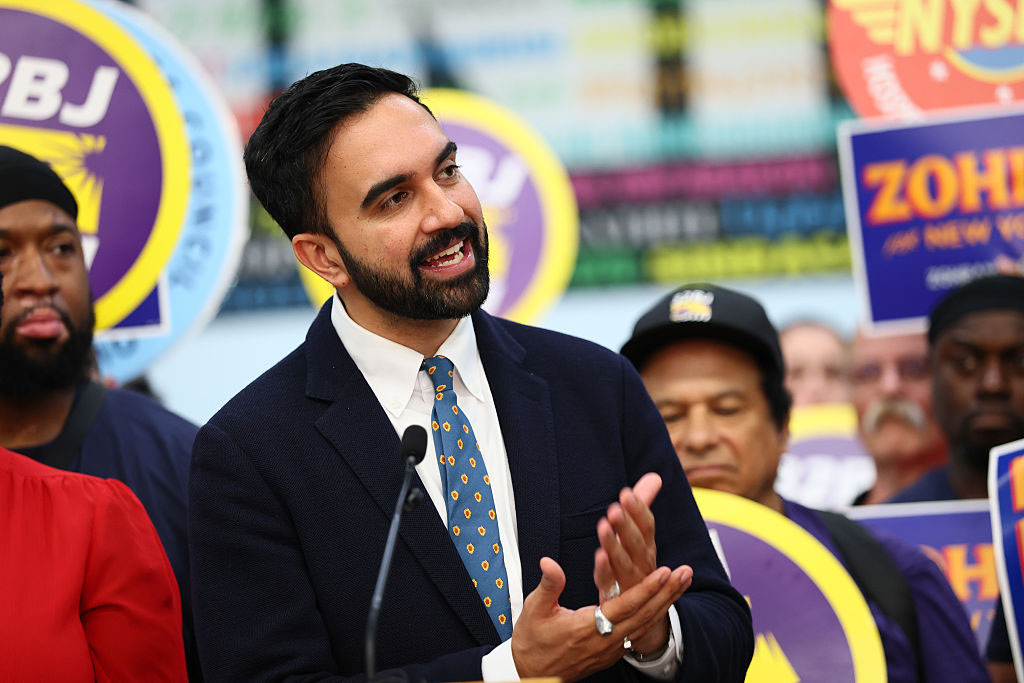





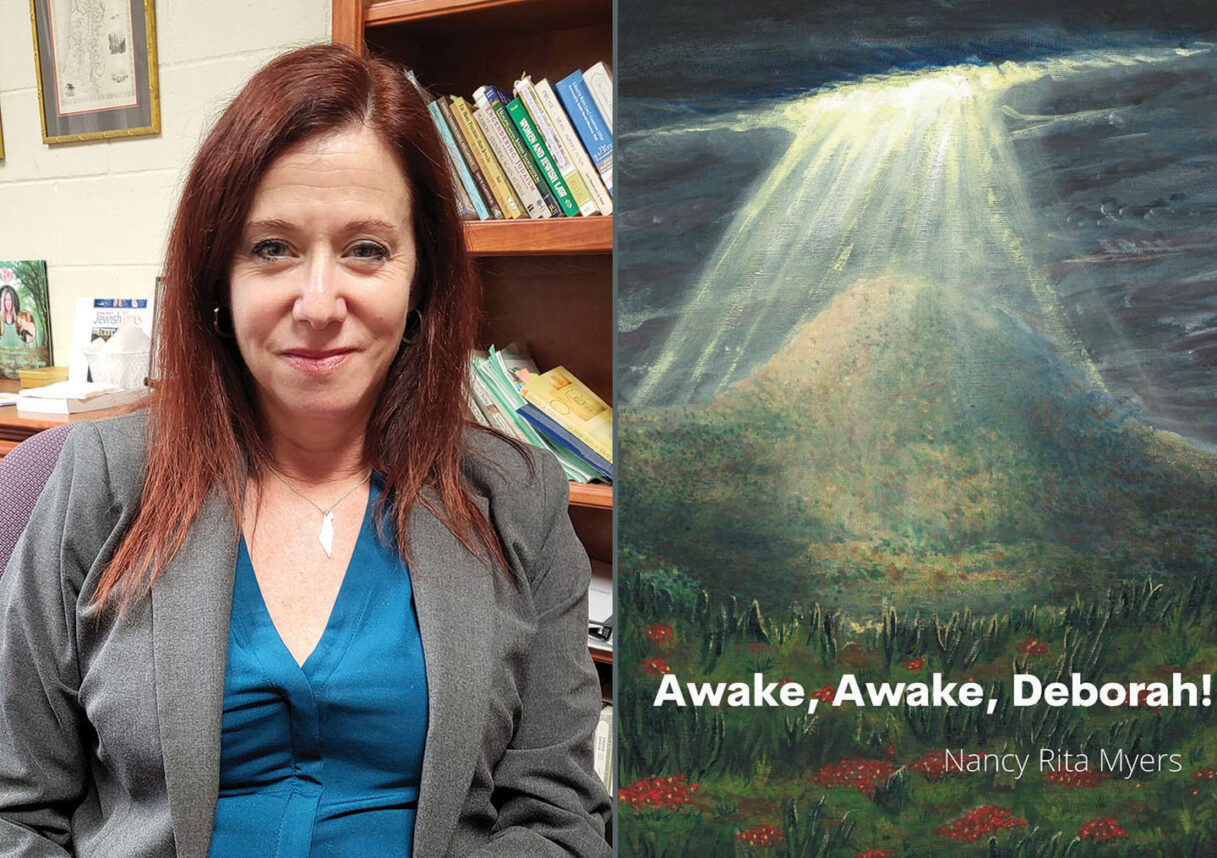

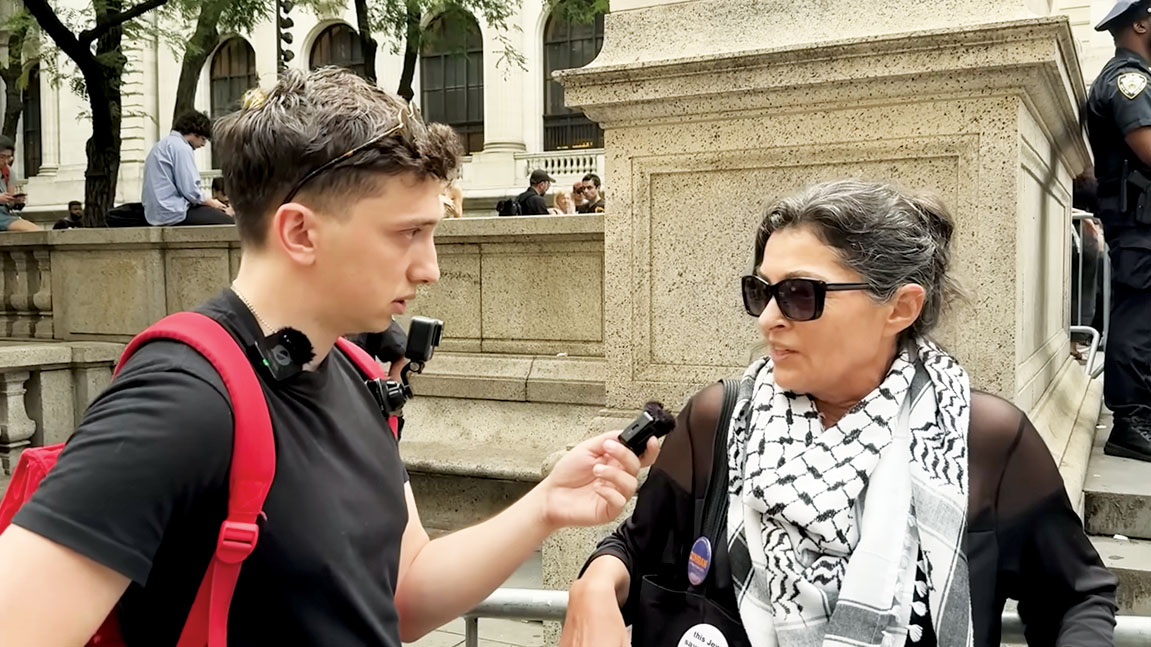






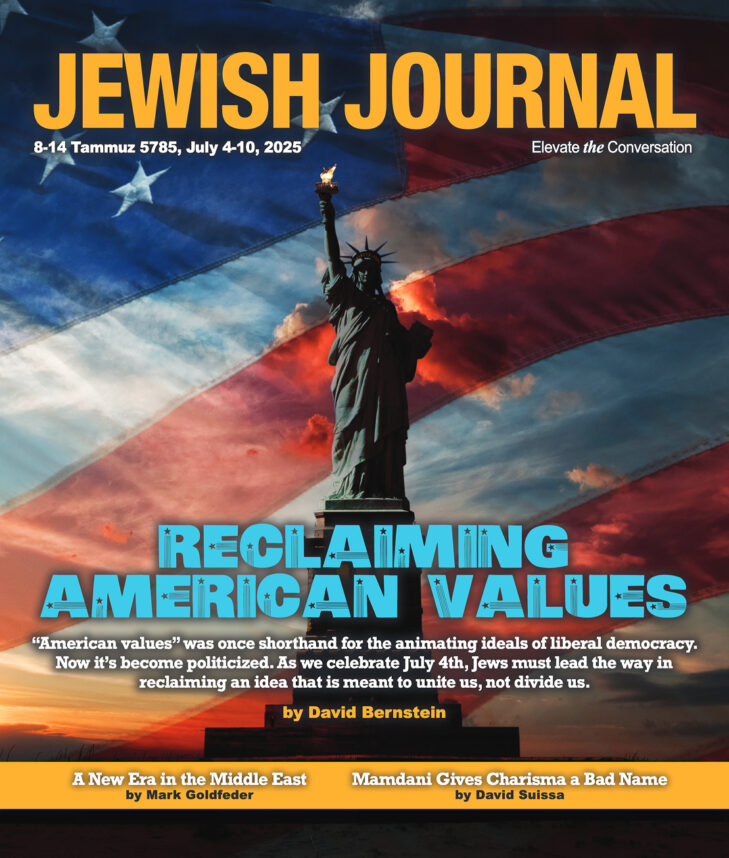





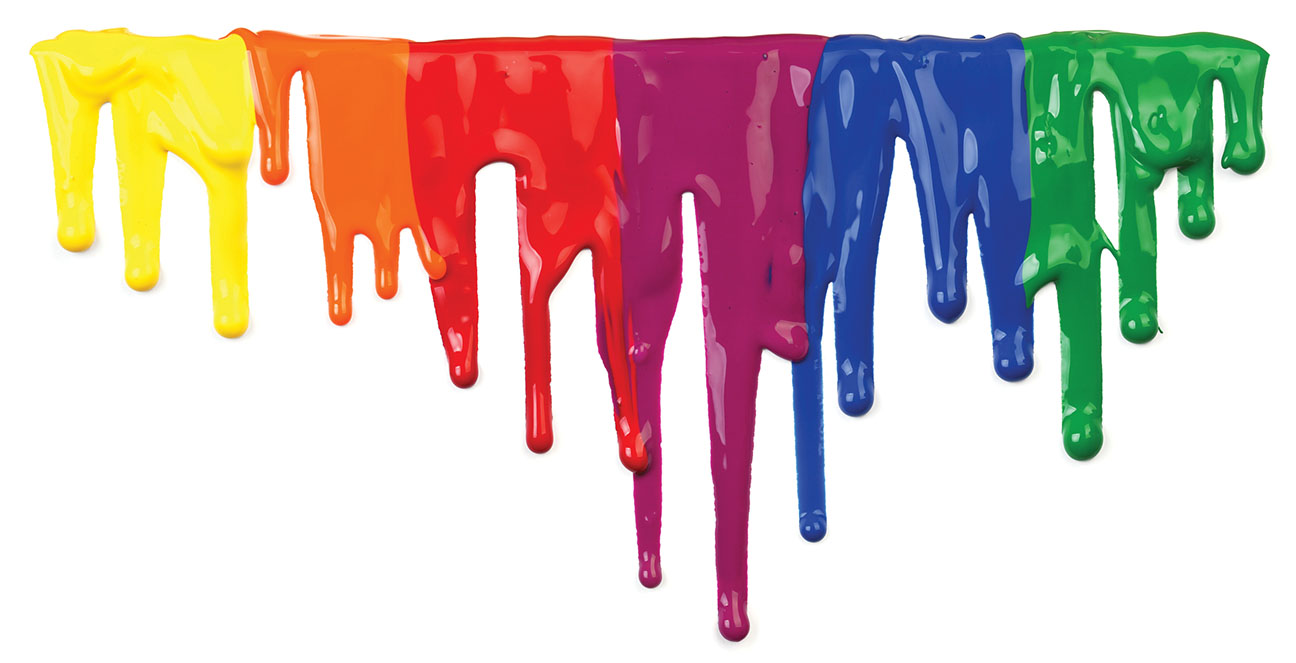

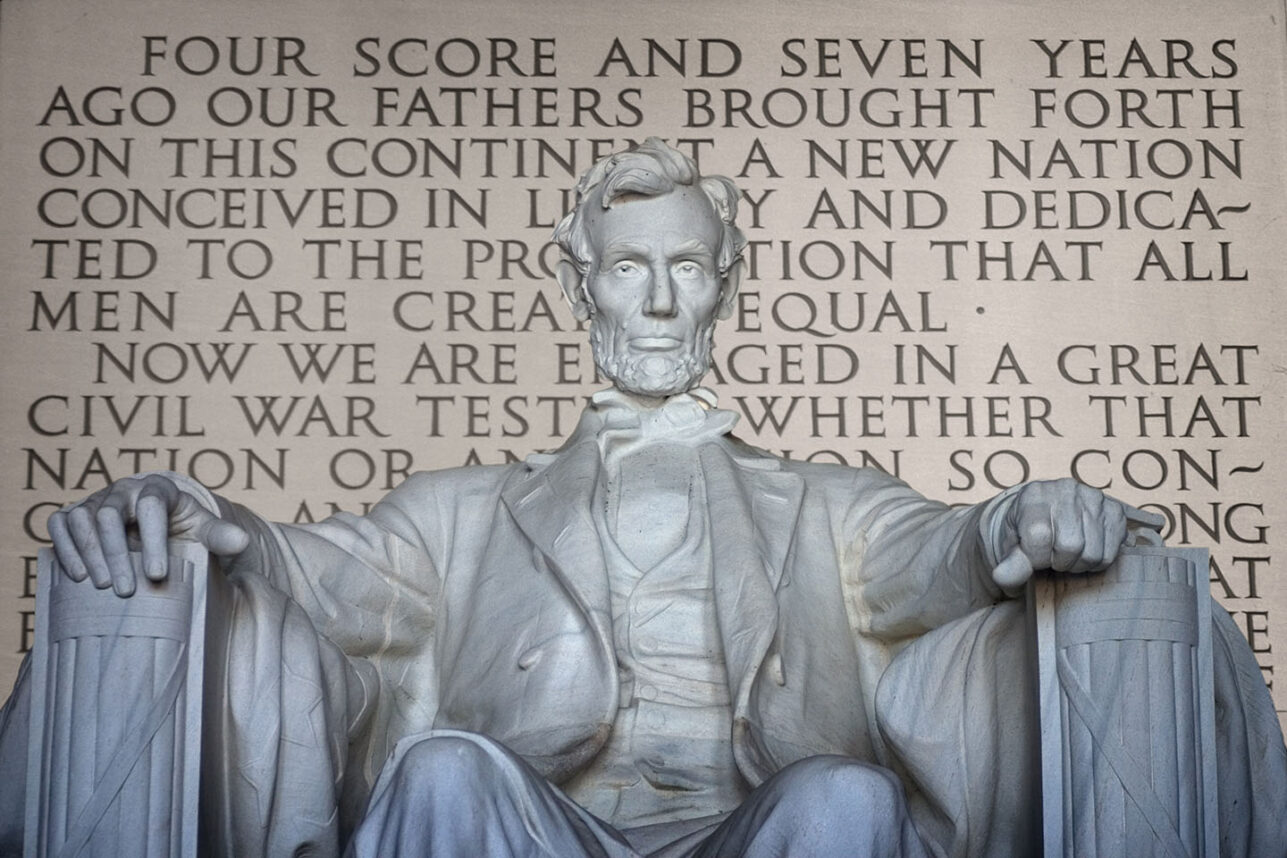

 More news and opinions than at a Shabbat dinner, right in your inbox.
More news and opinions than at a Shabbat dinner, right in your inbox.